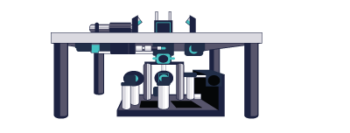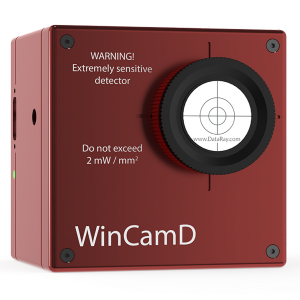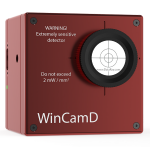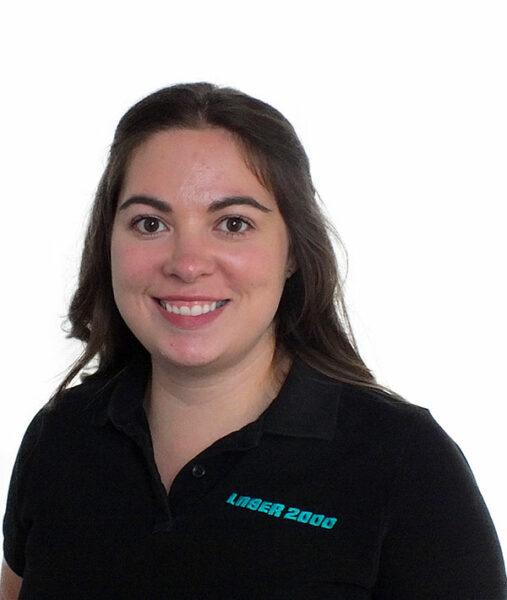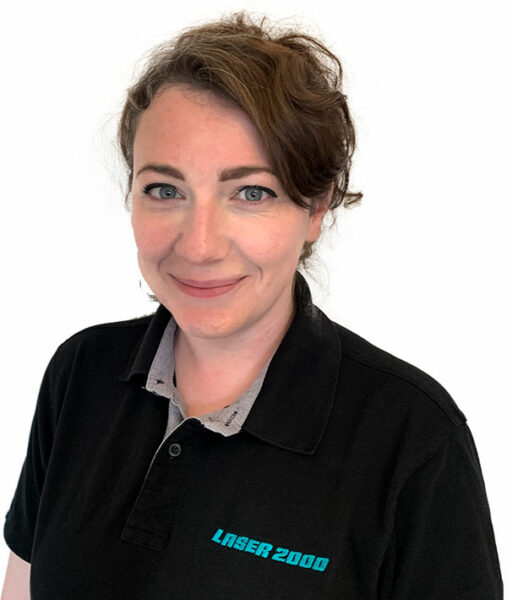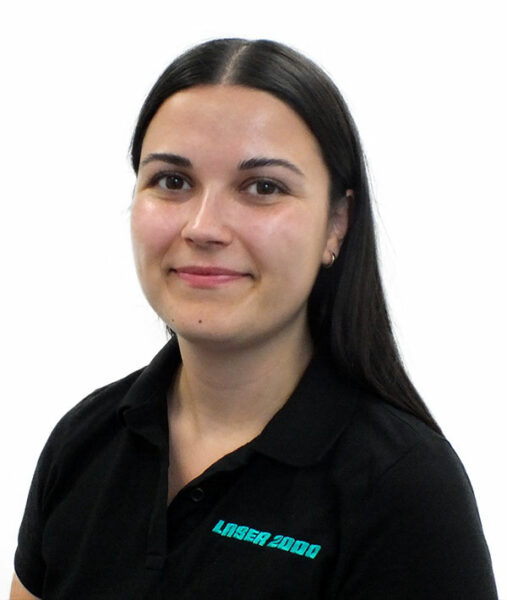Laser 2000 works in partnership with DataRay Inc. to offer a wide range of products and services designed to deliver high-quality, affordable, and reliable instrumentation to the photonics industry. Product lines include CMOS and VOx microbolometer based beam profiling cameras (covering wavelength range 190 nm to 16 μm, model-dependent), and scanning slit beam profilers (covering wavelength range 190 nm to 2.5 μm, model-dependent).
The DataRay advantage:
- Broad applications – Products featuring: 0.1 µm best resolution; 2 µm minimum diameter; beam dimensions to 25 mm; SuperSpeed USB 3.0
- Wide bandwidth – DataRay’s product portfolio covers wavelengths from deep UV to FIR
- No hidden costs of ownership – All DataRay beam profiling systems include a 3-year warranty (unless otherwise stated); any necessary servicing within this period is at no charge, including parts and labour (excluding damage by customer)
- ISO 11146 compliant beam profiling – DataRay uses XY plane scanning slit motions which strictly comply with the standard’s requirement for a slit or knife-edge scan to be made in a plane perpendicular to the propagation axis
- Free, user-friendly software – Fully functional and versatile software with unlimited installs and free downloadable updates for the life of your product











